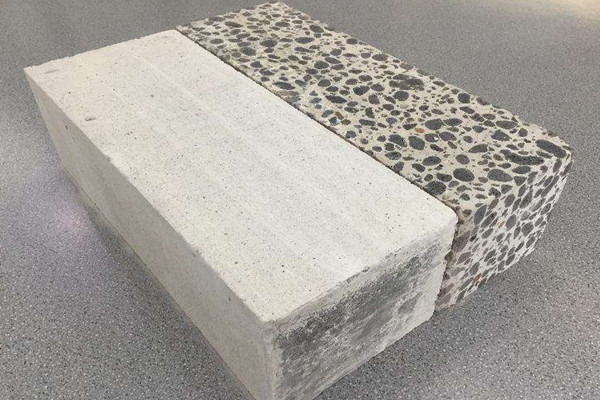- Home
- Products
- Elementary
- Boride Powder
- 3D Printing Powder
- Sulfide Powder
- Oxide Powder
- Carbide powder
- Nitride Powder
- Silicide Powder
- Hydride Powder
- Telluride Powder
- Selenide Powder
- Stearic Acid Series
- Phosphide Powder
- Nanoparticles
- Metal Alloy
- MAX Phase
- Lithium Battery Anode
- Surfactant
- Molecular sieves
- Concrete Admixtures
- News
- Answers
- Contact
- About
News
- 0
- 0
The solution to the collapse of foam concrete
If you are looking for high-quality products, please feel free to contact us and send an inquiry, email: brad@ihpa.net
Aluminium buyers in the US physical metal market have held off on new orders amid fears of a recession triggered by rising inflation and supply chain crises.
Spot aluminium trading on the market has been suspended in recent weeks, according to industry sources, as uncertainty has increased following the outbreak of the conflict between Russia and Ukraine. Even before the war, the aluminium market was suffering from long waiting times and weak demand.
For aluminium buyers, recent poor US economic data have been a big factor in delaying purchases. Data released last month showed that the ISM manufacturing PMI came in at 57.1 in March, below expectations of 59 and down from 58.6 in February, unexpectedly hitting the lowest reading since September 2020. This was mainly due to a slowdown in new orders and foam concrete are expected to increase in the future.
The common problems of foamed concrete are bubbling, cracking, collapse, shrinkage, and other phenomena. To treat these phenomena, the proper medicine can be found, and the cause can be effectively solved.
The main reason for the collapse of foamed cement is that the cement solidification speed is too slow. We can solve this situation from the following aspects
1. Add accelerator to improve the setting time of foamed cement
Accelerators are used in more and more concrete applications. Foamed cement has high requirements for accelerators. It is not just a fast setting but also needs to be adapted to the performance of foamed cement, and accelerators cannot be added. After affecting the foaming situation.
2 Add an early strength agent to improve the early strength of foamed cement and reduce the stress generated during the exothermic process of cement hydration. Only when these two forces are balanced can it be ensured that the foamed cement will not crack and collapse in the later stage.

3. An appropriate amount of sulfoaluminate cement can be added, which many manufacturers choose to use in winter, and the cost performance is still relatively high. However, this amount of addition should also be paid attention to. It should not be added blindly. After many customers add sulfoaluminate cement, the finished product becomes very brittle in the later stage, without toughness, low strength, and severe pulverization. So we still have to adjust according to the current situation.
4 The water-cement ratio is not suitable. Collapse, retraction, bleeding, insufficient strength. To a large extent, it has something to do with the inappropriate water-cement balance. The adjustment of the water-cement ratio is a technical activity that requires trial and error. It has a lot to do with the cement of foamed cement and the fly ash aggregate, and it needs to be practiced repeatedly according to the actual situation. In this, we can add a plasticizer to adjust the water-cement ratio. This effect is very immediate.
The above contents are some solutions summed up by Tongrun according to the reasons for the collapse of foamed cement. If you encounter other problems or reasonable solutions in the actual process, you are also welcome to communicate us.
The technology and telecommunications industry is advancing at a rapid pace in a process of constant innovation and excitement. Tech devices and infrastructure are becoming smarter and more connected, powered by emerging technologies such as 5G and artificial intelligence (AI) for the Internet of Things. Advances in IT service delivery, particularly the adoption of cloud computing and edge computing technologies, are supporting digital transformation in businesses and the wider economy.
Product name are widely used in technical equipment, the market demand for foam concrete continues to expand, and a series of processes such as the management and sales of foam concrete will continue to improve and develop. If you need a foam concrete, please contact us.
Inquiry us